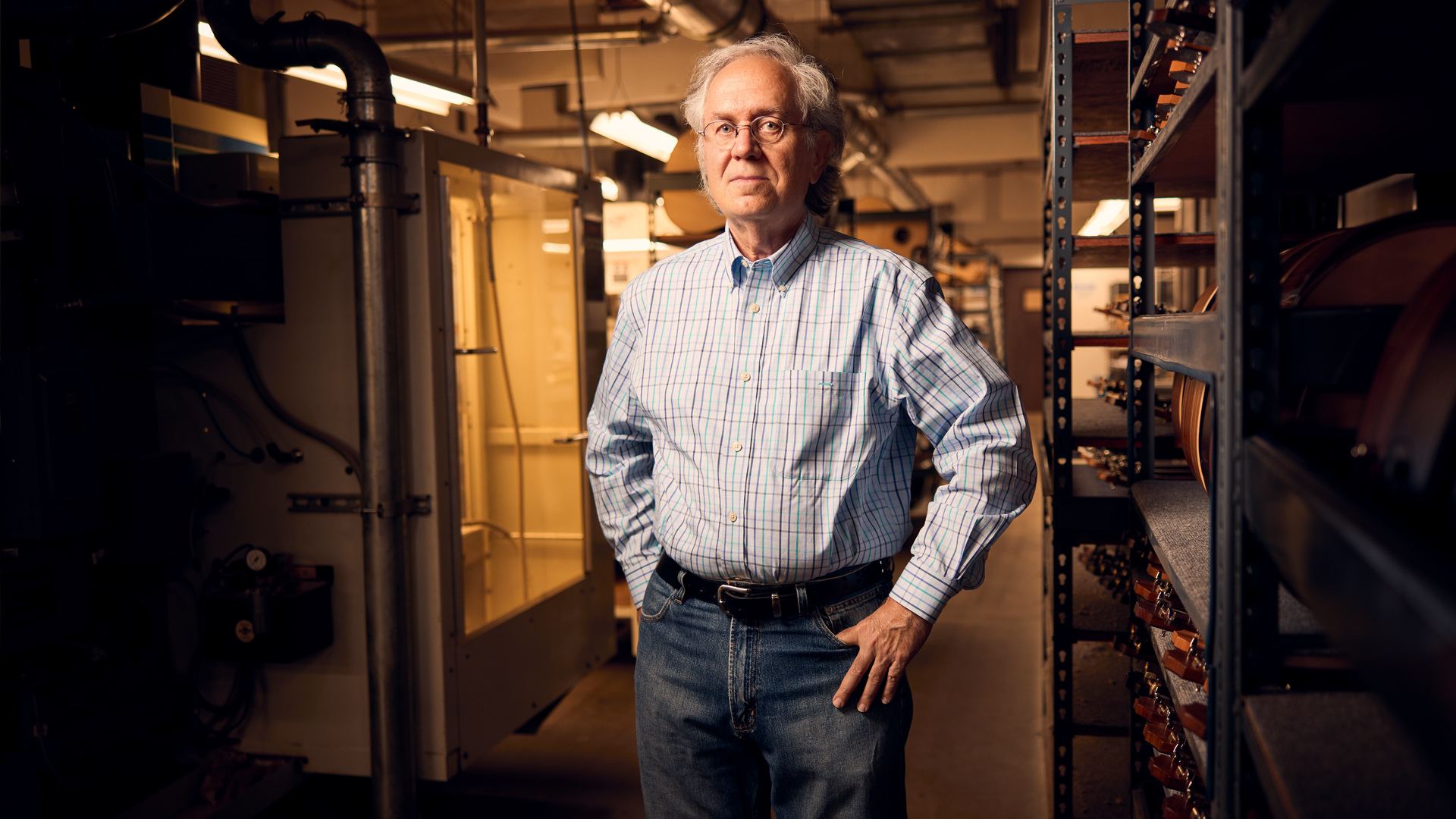When Bob and I first started Taylor Guitars, we’d had very little exposure to the world of guitars. We just knew what we knew, which were the guitars that came through our shop for repair and the few guitars that we made. We’d inherited Sam Radding’s designs from the American Dream shop where we met, which were basically his interpretations of Martin dreadnoughts and Gibson jumbos. Bob’s first high school woodshop guitars were based on a Yamaha.
So the first guitars we started making after we bought Sam’s shop were dreadnoughts and jumbos. It was many years later, after many trials and tribulations, that we designed and introduced our first unique Taylor body shape — the Grand Concert. This was in 1984, and Jim Kirlin’s feature in this issue, “Small Guitars, Big Appeal,” tells more of the story of its development.
By the time we introduced the Grand Concert, we had designed our first Taylor models starting with the 810 dreadnought, established a few music stores as Taylor dealers, worked with a distributor for a few years to expand our dealer network, gone deeply into debt and mostly paid it off, and bought out our partner. Along the way, we got feedback and suggestions from dealers and musicians alike about how we could improve our guitars to better fit their needs and had made several improvements.
Not long after we introduced our Grand Concert, the trends of cutaways, pickups and smaller-body guitars converged.
Probably the earliest suggestion came from Fred Walecki of Westwood Music, who asked for a little brighter and “less dark” sound from our dreadnought. Bob addressed this in short order, and tweaked the bracing to make the guitar more balanced. The next suggestion came from Jack MacKenzie of McCabe’s Guitar Shop, who mentioned that some of his customers were asking for guitars with a cutaway. In response, Bob designed our Florentine cutaway, which became popular particularly on our jumbo guitars. McCabe’s was also responsible for suggesting we start offering our guitars with pickups factory-installed, as their customers were requesting them. We quickly began offering a Barcus-Berry under-saddle pickup.
Not long after we introduced our Grand Concert body shape, the trends of cutaways, pickups and smaller-body guitars converged. Coupled with our easy playability, the demand for our Grand Concerts exploded. We’d developed the right guitar to meet the needs of the modern fingerstyle player. In fact, sales of our Grand Concert guitars were largely responsible for our growth over the next 10 years. We’d designed a guitar that was uniquely our own, aligned with trends in the marketplace, and filled a need that our guitars addressed really well. I’ve met many artists who began playing our guitars in the late 1980s or early 1990s and who gravitated toward our Grand Concerts because they did so many things well for so many players.
The Grand Concert is the guitar that put Taylor Guitars on the map. It took us from a small company that could barely pay its bills to a sizable, prosperous guitar company, well known in the industry. Although our next guitar, the Grand Auditorium, launched us into the realm of a famous guitar brand and major guitar manufacturer, the Grand Concert cemented our status as a popular guitar maker.
